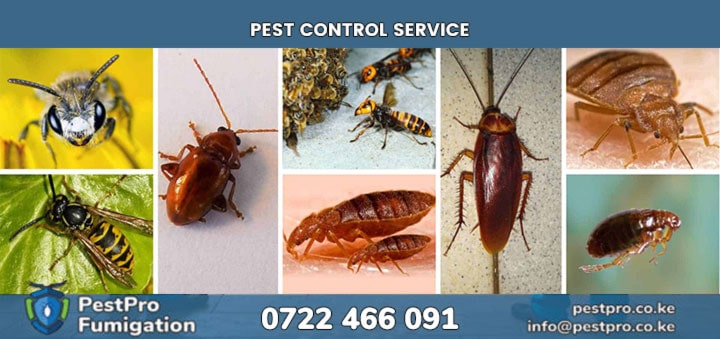Warehouse Pest Control: Protecting Stored Goods in Nairobi
Warehouse facilities throughout Nairobi face significant pest control challenges related to stored product protection, inventory integrity, and regulatory compliance that require comprehensive management approaches tailored to large-scale storage operations. These facilities must balance pest control effectiveness with operational efficiency and product safety requirements.
Stored Product Pest Threats
Grain beetles, weevils, and other stored product insects can cause extensive damage to food products, textiles, and other stored goods while reproducing rapidly in favorable warehouse conditions. These pests often arrive with incoming shipments and establish populations before detection, making prevention essential for protecting inventory investments.
Rodents pose serious threats to stored goods through direct consumption and contamination while potentially causing fires through gnawing on electrical systems. Warehouse environments provide extensive harborage opportunities and food sources that support large rodent populations without proper prevention measures.
Moth species including Indian meal moths and warehouse moths can infest various stored products while their larvae cause direct damage and contamination that renders affected products unsaleable. These pests can spread rapidly throughout warehouse facilities via ventilation systems and material handling equipment.
Inventory Protection Strategies
Regular inspection protocols for incoming shipments help prevent introduction of infested materials that could establish pest populations throughout warehouse facilities. Staff training in pest identification and rejection criteria provides the first line of defense against pest problems.
Proper storage practices including elevation, spacing, and environmental controls create unfavorable conditions for pest establishment while facilitating inspection and treatment activities. Storage system design should consider pest prevention alongside operational efficiency and accessibility requirements.
Rotation systems that ensure older inventory moves first help identify pest problems early while preventing long-term storage conditions that favor pest development. Regular inventory movement also facilitates cleaning and inspection activities that support pest prevention.
Environmental Control Systems
Temperature and humidity management systems provide essential pest prevention capabilities while protecting stored goods from environmental damage. Maintaining conditions outside optimal ranges for pest development significantly reduces infestation risks.
Ventilation systems must balance air quality requirements with pest prevention needs, using appropriate filtration and intake protection that prevents pest entry while maintaining adequate air circulation throughout warehouse facilities.
Lighting management including exterior lighting placement and interior lighting schedules affects flying insect attraction and behavior patterns, requiring coordination with security and operational requirements.
Large-Scale Treatment Methods
Professional fumigation services may be necessary for severe infestations or valuable inventory protection, requiring specialized equipment and expertise that exceeds typical warehouse management capabilities. These treatments demand careful planning and coordination with operational schedules.
Monitoring systems using pheromone traps, inspection schedules, and environmental monitoring provide early detection capabilities that enable treatment before problems become established throughout warehouse facilities.
Integrated pest management programs combining multiple control strategies provide comprehensive protection that addresses various pest species while maintaining operational efficiency and regulatory compliance requirements.
More pest Control ServicesPestPro Facebook Page
Medium
